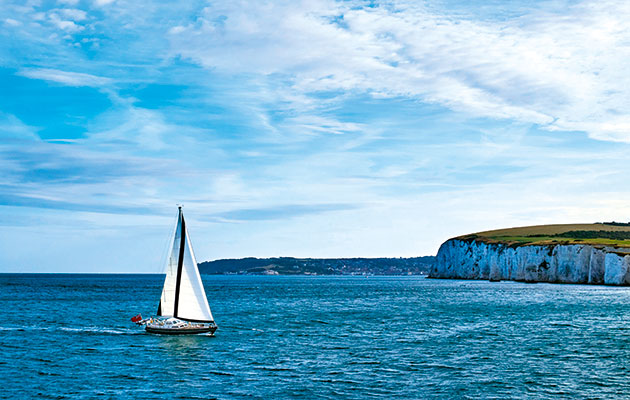Has the definition of what makes a seaworthy yacht changed?... the editor's welcome to the new June issue of Yachting Monthly
What makes a seaworthy boat? A long keel, heavy displacement and a well-protected rudder? That’s been the assumption for many years, borne out by sailors’ experiences of survival in some pretty horrendous conditions. A well-found yacht’s ability to take a beating and keep sailing is highly desirable.
Yacht design has changed dramatically over the last 50 years, however, driven by racing innovations as well as a desire for more space and comfort (p60). Does this make modern boats less seaworthy? Interestingly, the recent Golden Globe Race, in which competitors were exclusively sailing long-keeled boats without modern technology, had a higher attrition rate than events in which carbon fibre soap dishes are raced at speed through the same waters.
Perhaps seaworthiness isn’t just about the ability to take a storm on the head. Having the speed to sail away from the centre of a low, the technology to see it coming, and the equipment to keep you safe when it does get rough is just as important as the lines of your hull. After all, some boats that would firmly fall into the category of ‘pocket coastal cruiser’ have gone offshore and achieved some remarkable feats of seafaring. Duncan Kent has been investigating the pros and cons of modern yacht design (p52).
The expertise of the skipper also plays a huge role. Having the skills to cope when things inevitably go wrong and back-up plans for everything is good seamanship. It might not always be advisable to sail into crowded marinas, but being able to sail yourself back to safety if your engine conks out is a vital skill. James Stevens has been showing us how it’s done (p38) and I for one know I need to practise some of these manoeuvres under sail this season.




